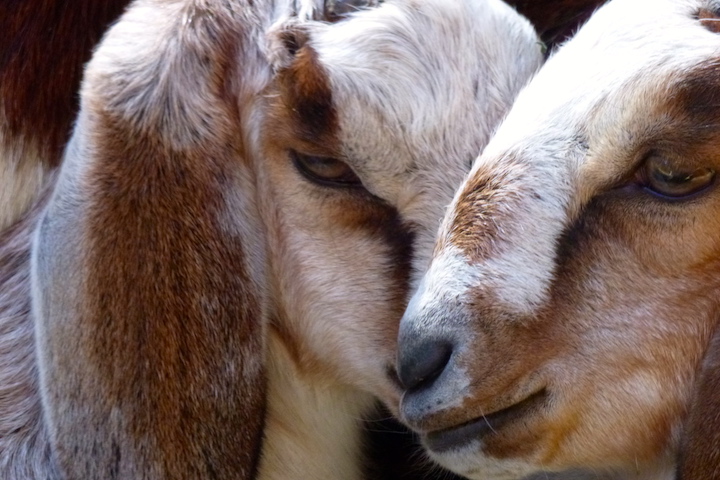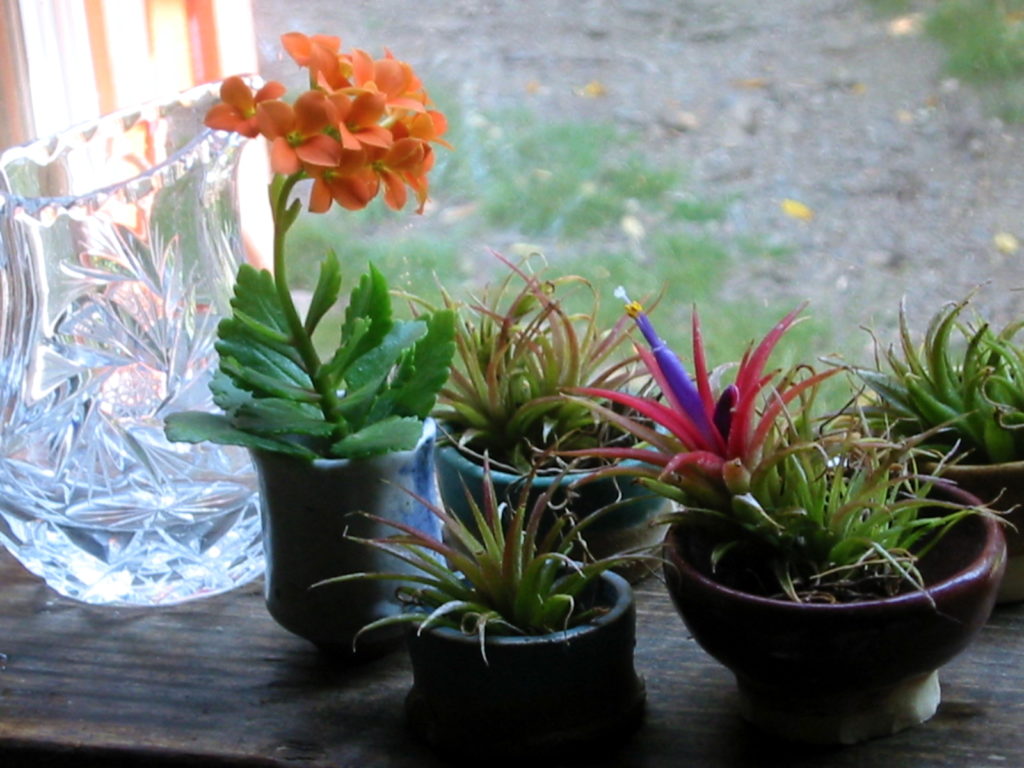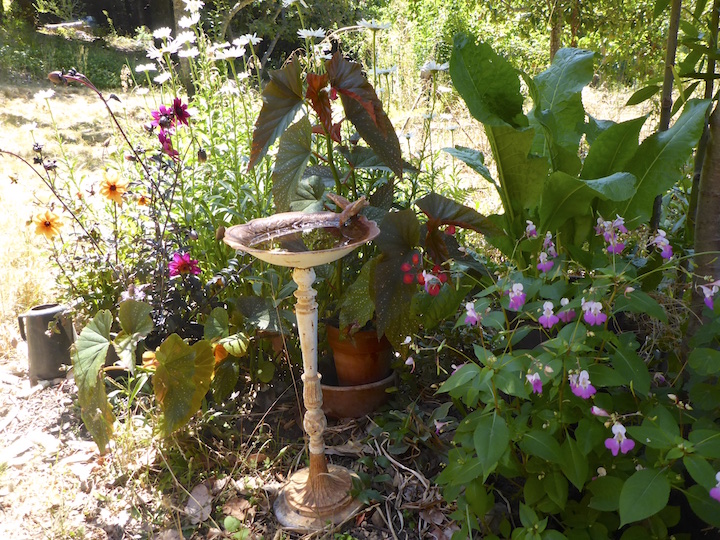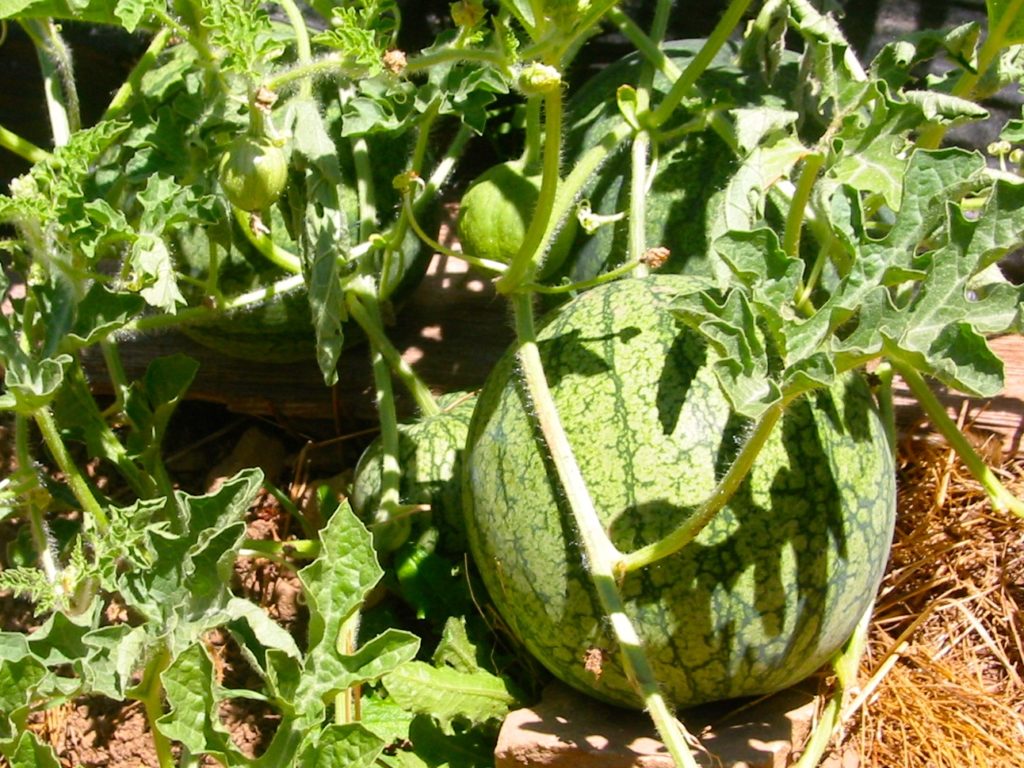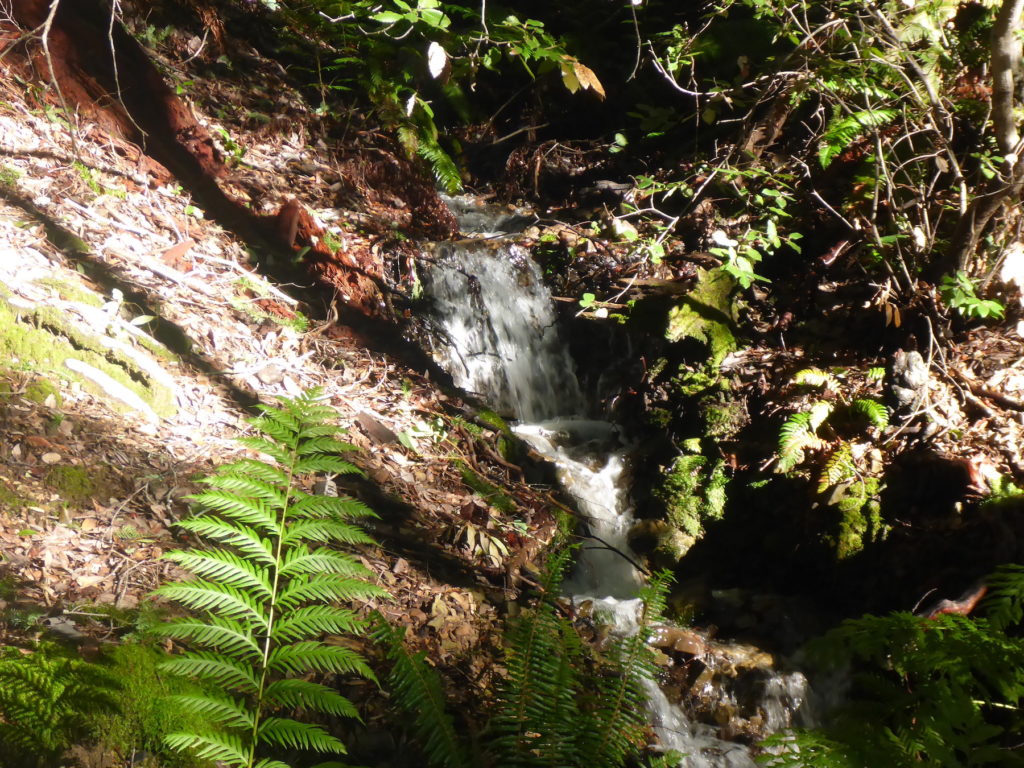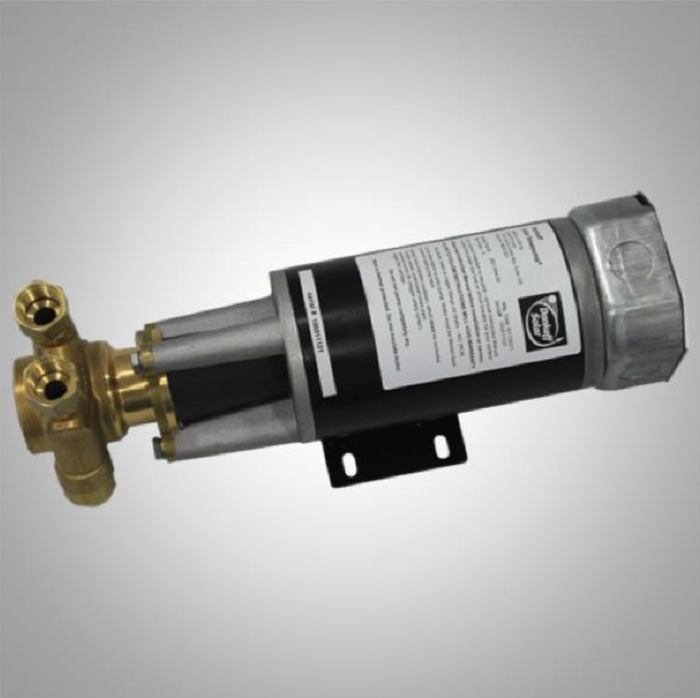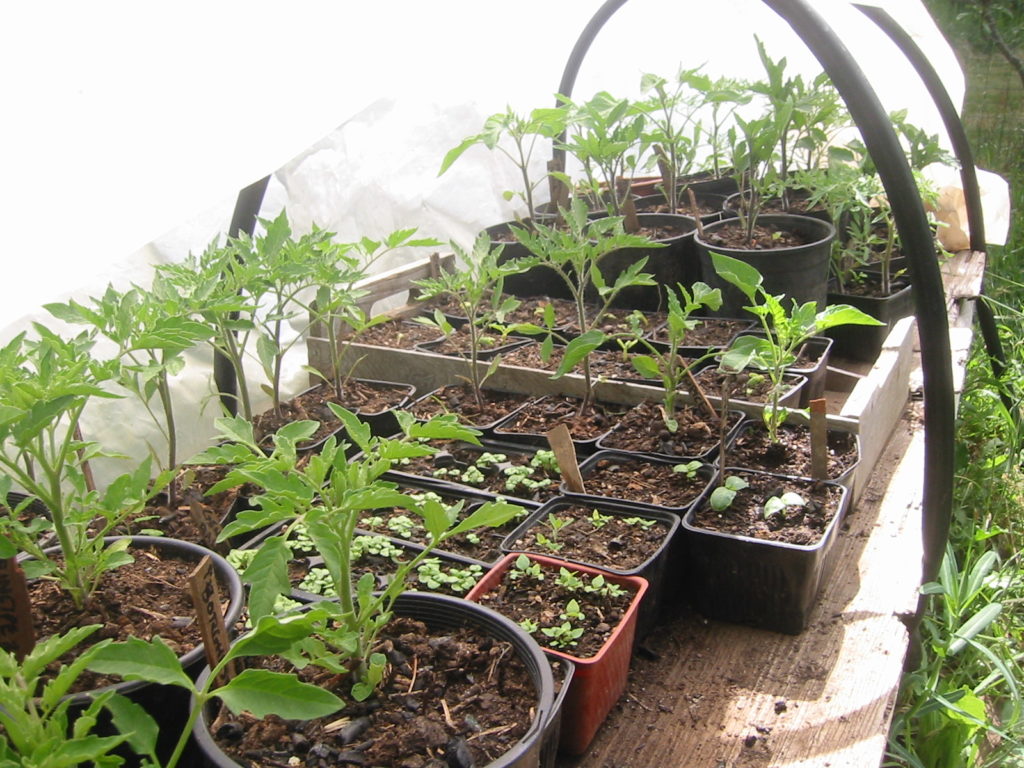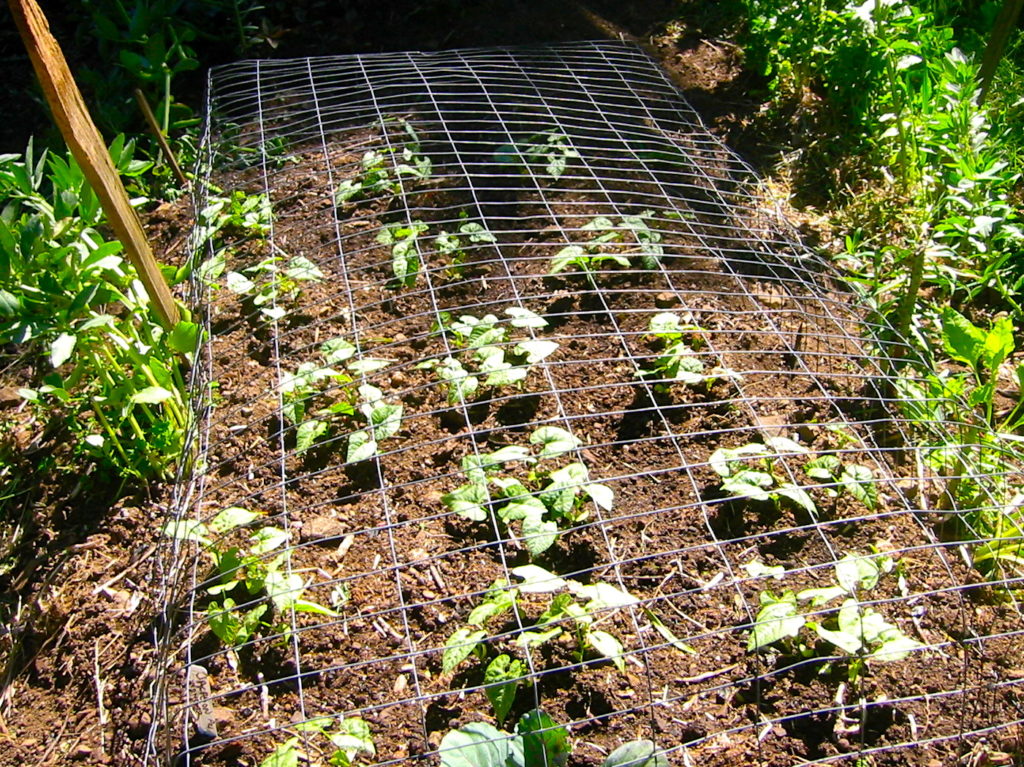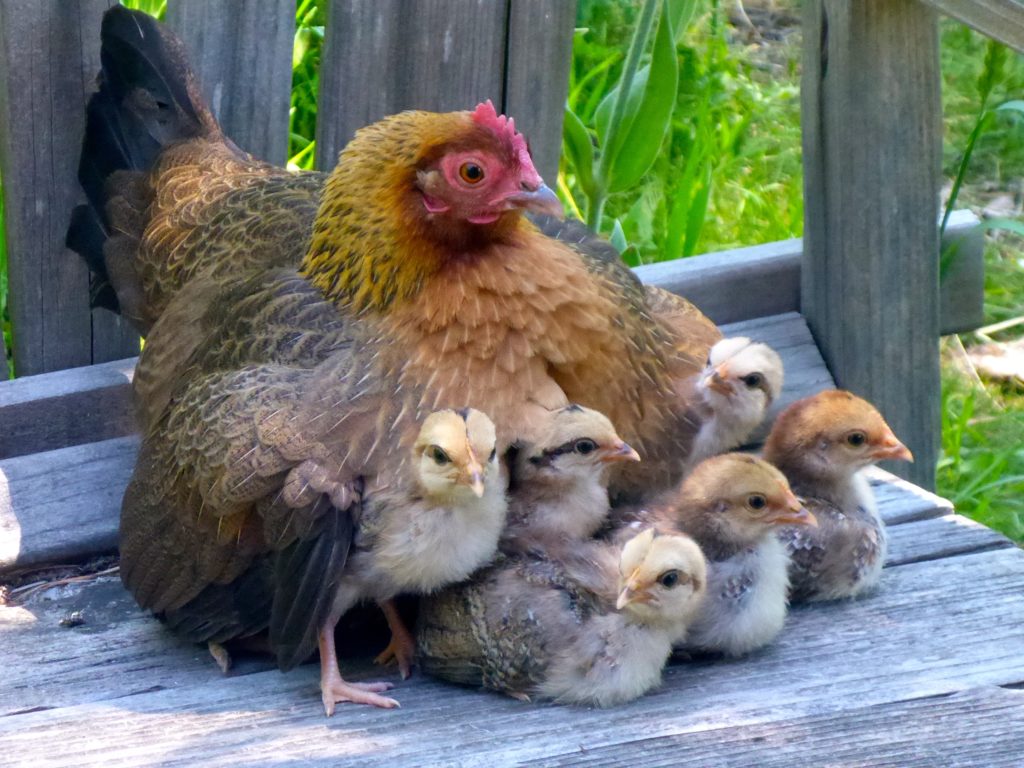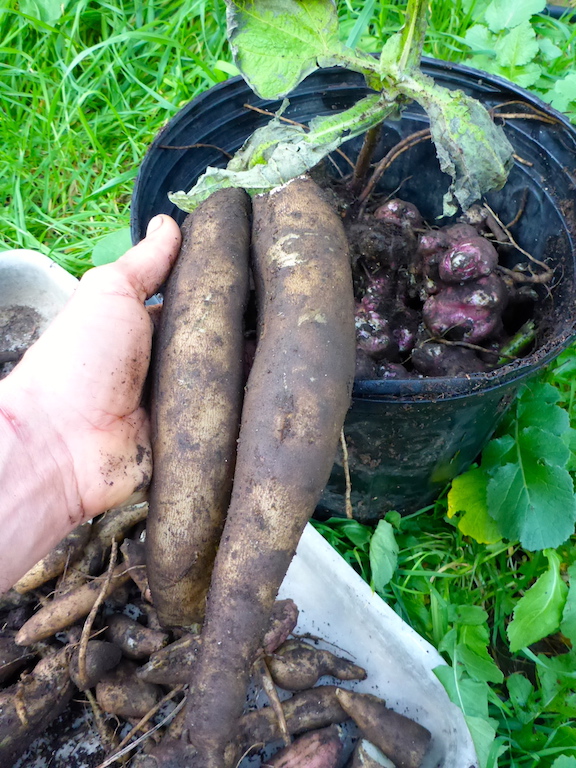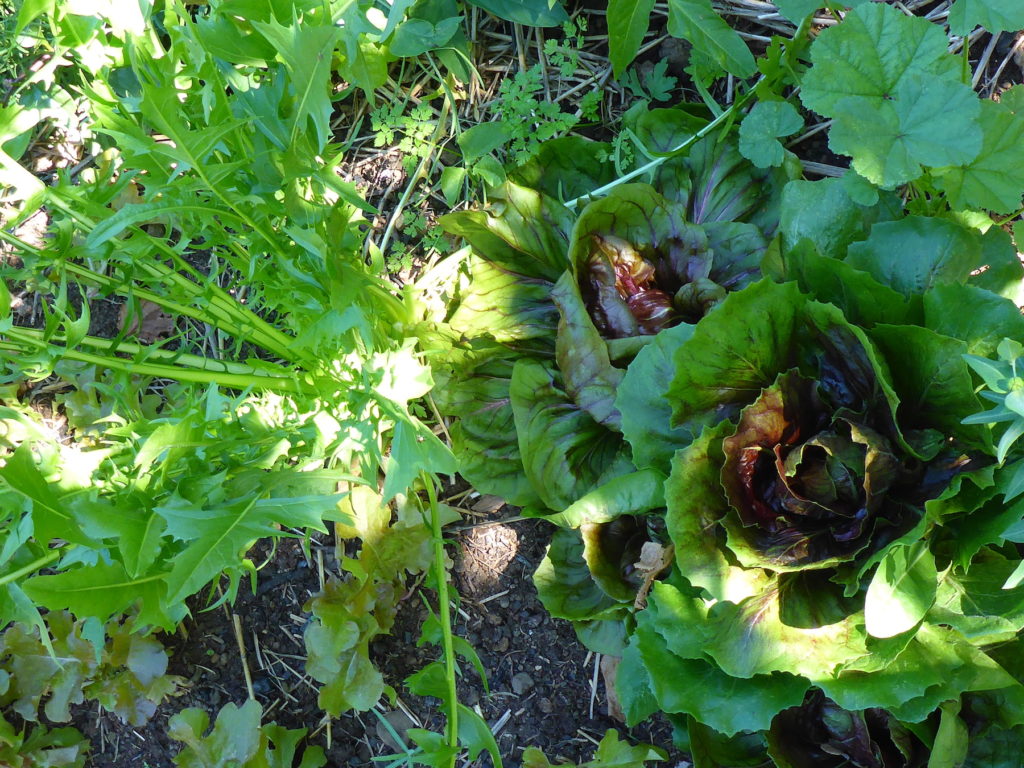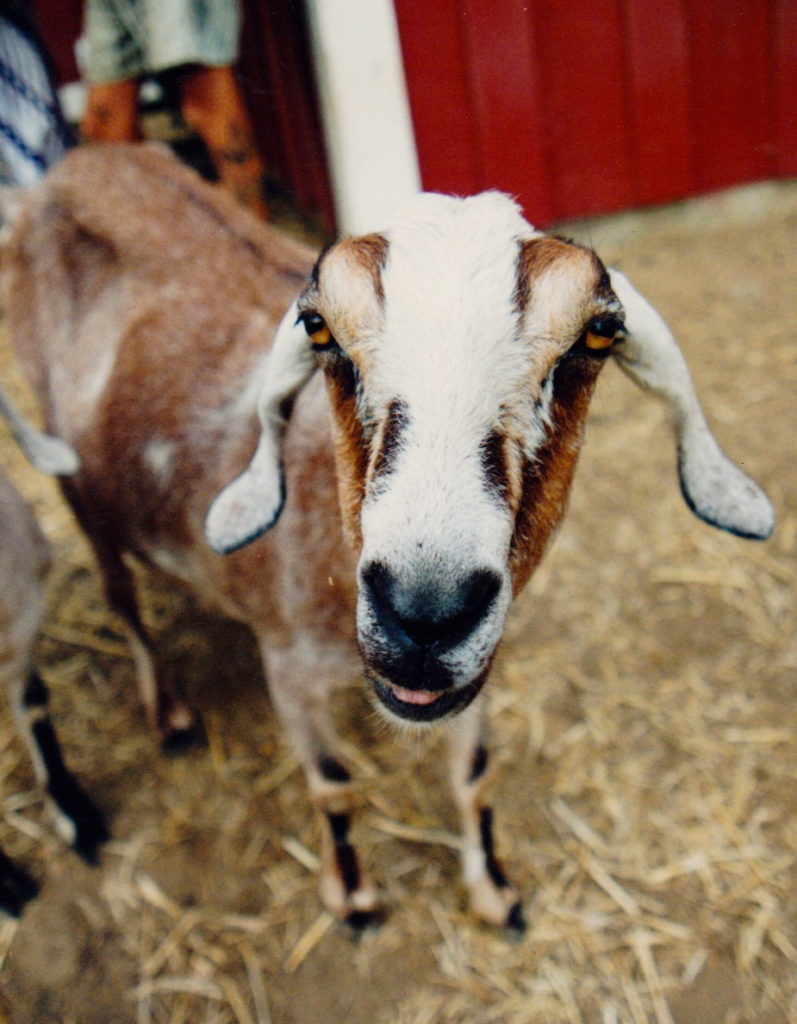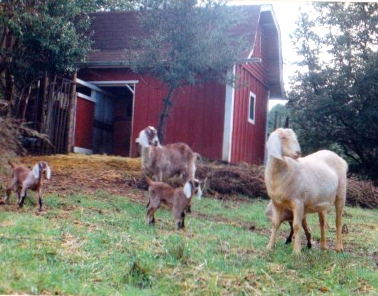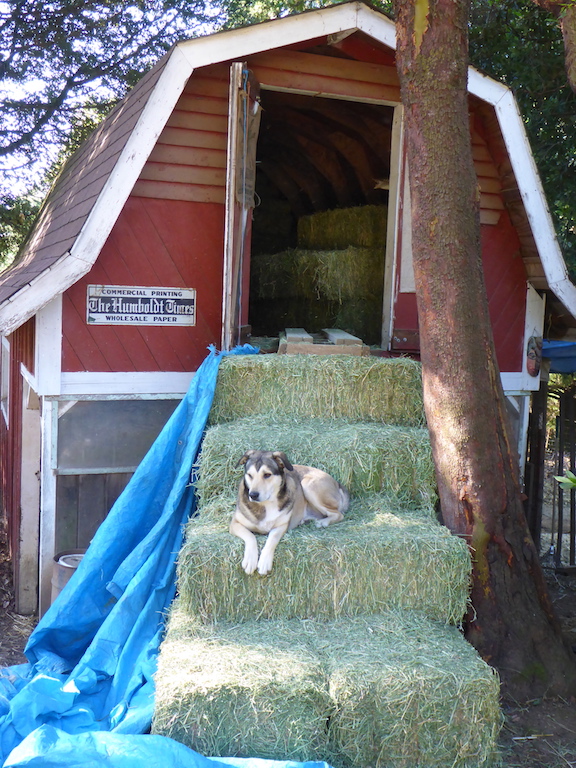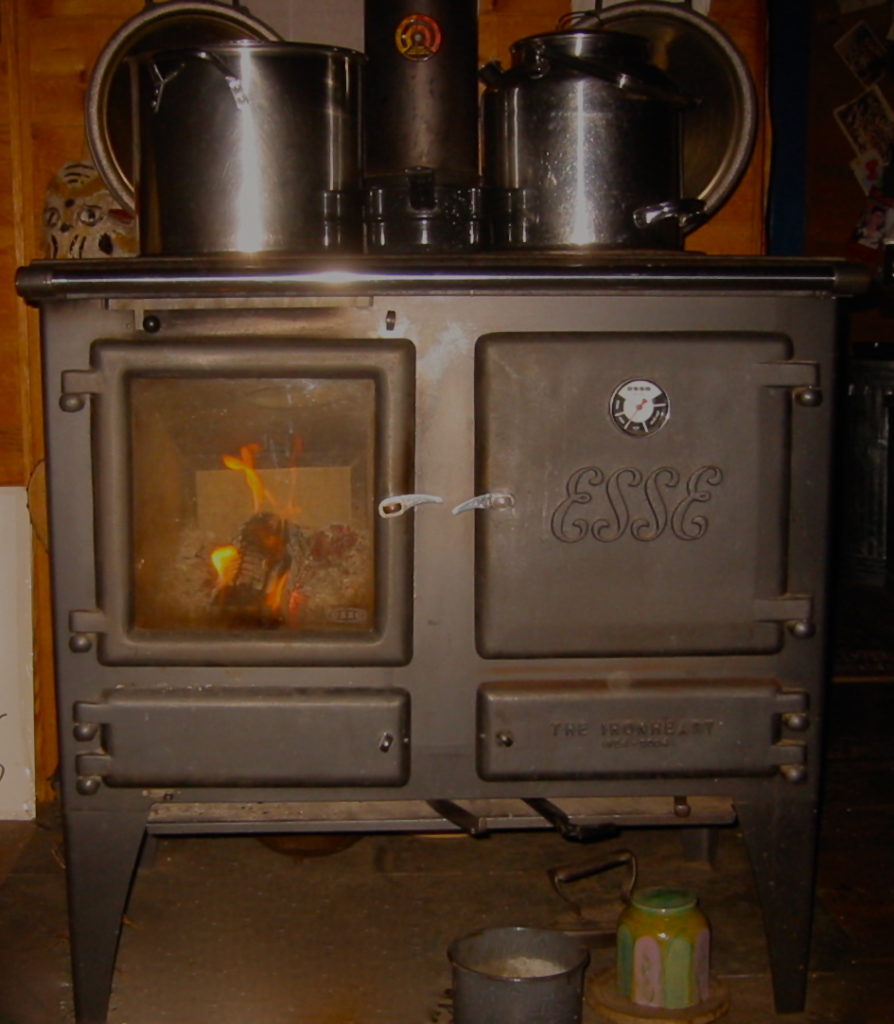
FIRE.
We are surrounded by fuel, a fact that looms large on our summer time consciousness. I was a volunteer firefighter for a number of years, and so well aware of the risks of fuel loading in what is termed “the wild land/urban interface”.
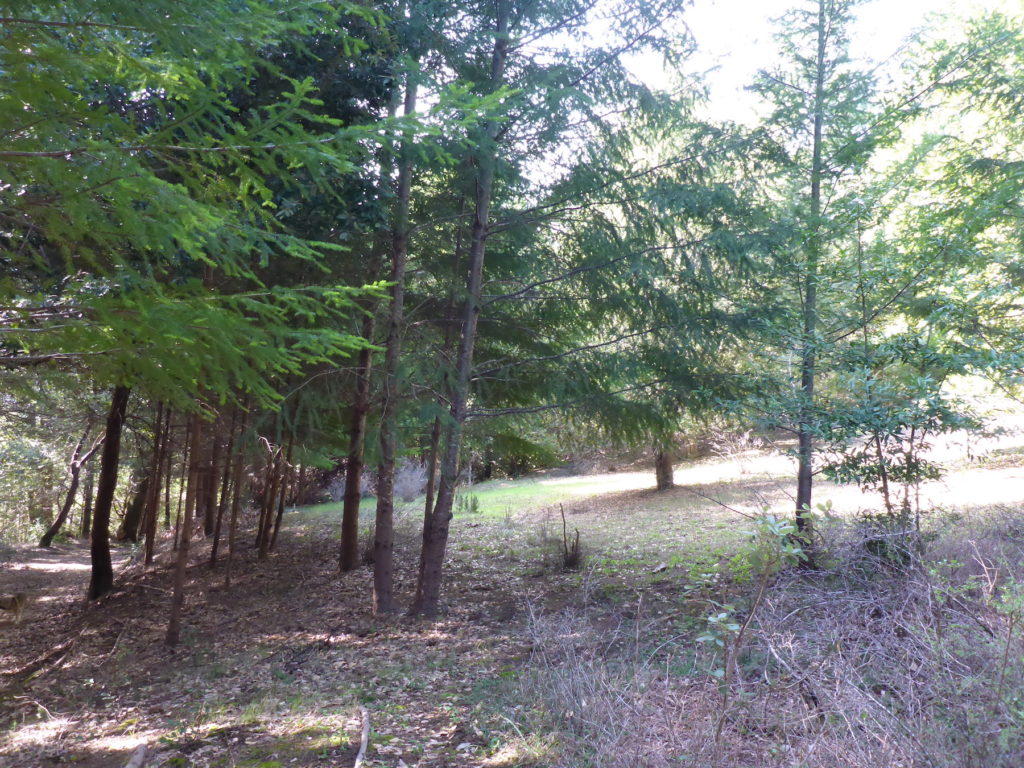
Before
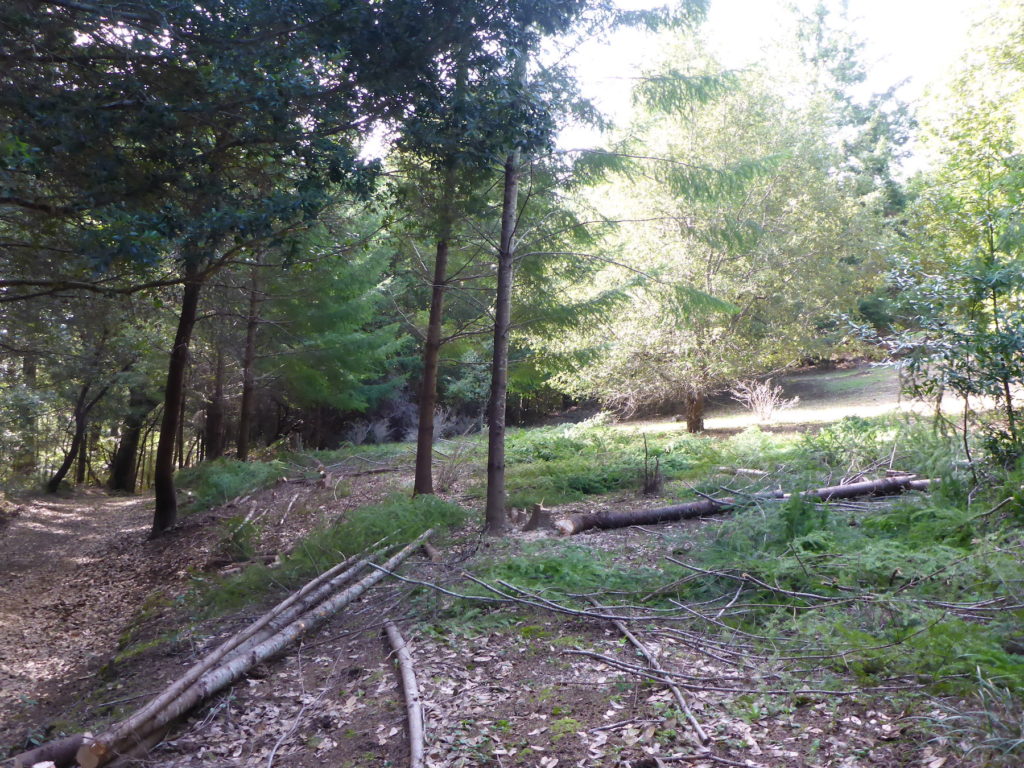
After
In the past dozen years I have used a small chainsaw to gather wood. Before that we relied on hand tools, and day or 2 of generous assistance from a neighbor with his chainsaw.
With my own saw I have been thinning the fast growing Douglas Fir trees around us, reducing dead, dying, & fallen trees, and re-establishing some open spaces we have watched close in with an overgrowth of seedlings, coincidentally creating fuel breaks in the areas that the goats aren’t allowed. The goats do a good job of reducing fuel loads, and much of the brush that results from the chainsaw work.
I was dubious about acquiring the chainsaw. Noisy and dangerous it may be, but it has proved to be incredibly efficient, in both fuel use and work done. Using a vegetable based chain oil, to reduce petroleum residues, costs a bit more, but makes me feel better about the film of oil that pumps out of the chain with every cut.
We acquired a wood fired cookstove that heats the house and displaces propane as our main cooking fuel for 6 or 7 months of the year. We have been transporting propane in 7 gallon tanks, 2 in rotation, ever since we have been here. apparently with the higher cost of fuel, compared to tanker delivery, this is the more economical way to deliver propane now. depending on the season, 7 gallons last us around 5 or 6 weeks, used only for cooking and to fire our very small, now discontinued, Paloma PH-5 tankless water heater which replaced our funky wood fired water heater that lived out side and took a little planning and dedication to make a hot bath or shower. Abundant hot water really changes things, during the winter the Paloma, can only get the icy incoming water so hot, and takes so long, that we heat up pots on the wood stove to help fill the tub. I have always intended to engineer a good solar water heating system, but only have gotten as far as building an out door shower for the sunny days of summer. The wood cookstove finds us using more wood then we used to, even so a small 6’x6’ woodshed, with an added tarp covered pile of around 1/2 a cord mostly gets us through the season. Making use of small diameter limbs as fast burning cooking fuel reduces the need for splitting every log. Wood is the fuel that warms you several times: once in the cutting, once in the transporting & splitting, and finally when converted to heat in the stove.

And then we inherited a funky old log splitter.
